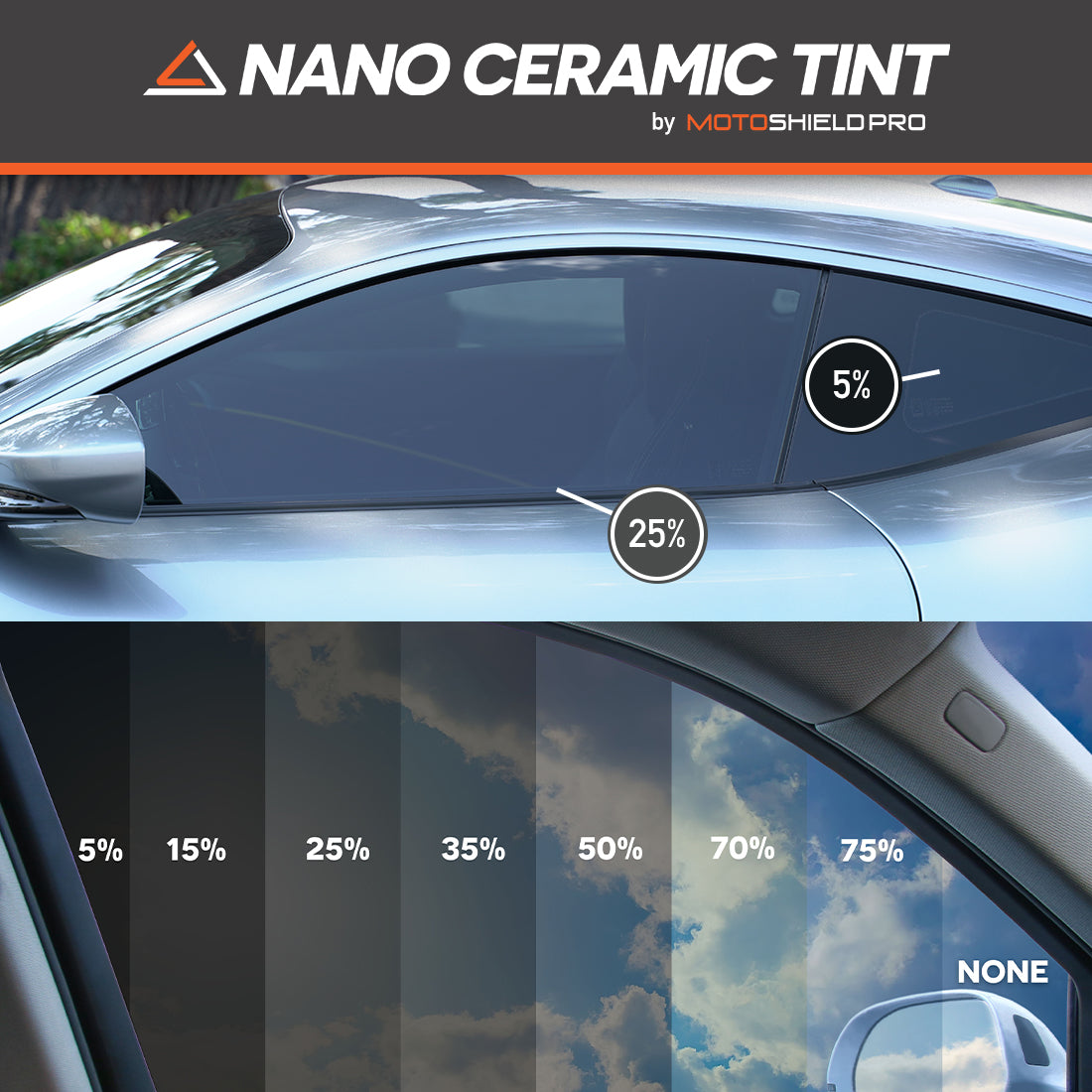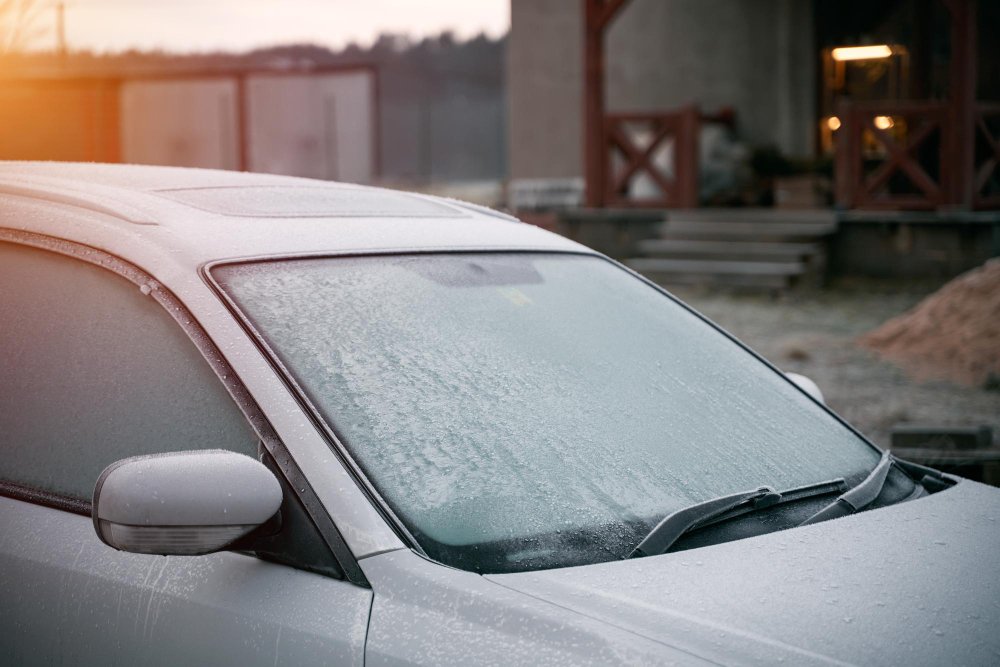Car Window Tinting for Improved Protection and Reduced Break-Ins
Car Window Tinting for Improved Protection and Reduced Break-Ins
Blog Article
Home Window Tinting Rules and Standards: What You Required to Know Prior To Tinting Your Cars And Truck
Before proceeding with window tinting for your vehicle, it is crucial to acquaint yourself with the varied laws and standards that regulate this technique across various states. These policies dictate the acceptable degrees of color darkness, often determined by visible light transmission (VLT) percentages, and consist of certain stipulations for front windshields targeted at making sure roadway safety and security. Additionally, particular territories might use medical exemptions for individuals with certifying conditions. Comprehending these complexities can conserve you from potential legal implications, but what are the particular rules in your state?
Review of Window Tinting Regulations
Window tinting laws are frequently subject to variant across various jurisdictions, showing regional guidelines and security factors to consider. These legislations dictate the acceptable degrees of color darkness and reflectiveness on car windows, guaranteeing that vehicle drivers maintain adequate presence while likewise protecting versus harmful UV rays and heat.
Many policies classify window tinting based on the Visible Light Transmission (VLT) percent, which suggests the amount of light that can pass with the home window. Typically, lower VLT percentages symbolize darker tints. Laws frequently distinguish in between the front, side, and back home windows, with stricter constraints used to the front windscreen to enhance safety for both the motorist and various other road customers.
Conformity with window tinting laws is essential, as offenses can result in penalties, necessary elimination of the color, and potential rises in insurance coverage costs. It is essential for lorry owners to familiarize themselves with regional regulations before proceeding with window tinting setups.
State-by-State Color Rules
Recognizing the specific window tinting regulations in each state is crucial for lorry owners looking for to comply with the regulation. Each state in the U.S. has established its very own collection of regulations controling home window tinting, which can differ considerably. These laws commonly determine the allowed degrees of color darkness, the types of windows that can be tinted, and any type of clinical exceptions that might use.
For instance, states like California have rigid limitations on tint darkness for front windows, while others, such as New Mexico, may enable darker colors. In addition, particular states mandate particular presence portions for various home windows, consisting of the windscreen, front side windows, and rear home windows. It is vital for cars and truck owners to acquaint themselves with their state's laws to stay clear of possible fines or charges.
Furthermore, some states may call for a certification sticker label to be positioned on colored windows, indicating conformity with state regulations. Failing to stick to these guidelines not only runs the risk of legal repercussions yet can likewise impact security and visibility while driving. For that reason, vehicle owners should perform thorough study or get in touch with local authorities to make certain complete understanding and conformity with state-by-state tint policies.
Allowed Tint Degrees and Types
Lots of lorry owners may be surprised to learn that enabled tint levels and types vary commonly throughout various states. Each state has developed its own policies pertaining to the permissible darkness and reflectivity of home window color, typically gauged by Visible Light Transmission (VLT) portions. VLT describes the amount of light that can pass via the colored windows; hence, a lower portion indicates a darker tint.

Additionally, the sorts of tint products allowed can vary, with some states prohibiting mirror-like or metal finishes. It is necessary for lorry proprietors to acquaint themselves with their state's certain legislations to make sure conformity. Non-compliance can lead to penalties, required elimination of the color, or other lawful effects, making it imperative to comprehend these policies before continuing with installment.
Medical Exemptions for Tinting
While not all states provide allocations for medical exemptions pertaining to window tinting, those that do acknowledge the requirement for certain people helpful resources to enhance presence and comfort because of clinical problems. Various medical problems, such as lupus, skin cancer, and certain eye problems, can make people especially delicate to sunlight. As a result, these people may require darker colors to safeguard themselves from dangerous UV rays and glow.

It is necessary to note that despite a medical exemption, there may still be limitations on the level of color enabled. Compliance with state legislations ensures that individuals are both safeguarded and within lawful limitations. Those taking into consideration medical exemptions should call their regional Department of Electric motor Autos or comparable authority to comprehend the needs and treatments required to get an exemption effectively.
Charges for Non-Compliance
Failing to follow home window tinting laws can bring about significant penalties, which vary by state. Legislation enforcement agencies are equipped to issue citations for cars that do not stick to the defined tinting regulations. These fines normally consist of penalties, which can range from modest total up to several hundred bucks, depending on the intensity of the offense and the state in question.
In some jurisdictions, duplicated offenses might result in intensifying penalties or extra charges, such as obligatory court looks. Non-compliance might demand the elimination of illegal tinting, typically at the proprietor's expenditure. In extreme instances, regular transgressors may deal with suspension of their automobile registration till compliance is attained.
In addition, insurance policy effects might develop from obtaining numerous citations for window tint infractions. Insurance firms might watch such offenses as a sign of riskier actions, potentially resulting in enhanced costs or trouble in coverage.
To avoid these penalties, it is vital for lorry owners to familiarize click to find out more themselves with their local window tinting legislations and make sure that their vehicle complies (Window Tinting). This proactive technique not just stays clear of legal ramifications however additionally promotes roadway safety and security
Final Thought

Most policies categorize home window tinting based on the Visible Light Transmission (VLT) percentage, which indicates the amount of light that can pass through the window. Compliance with home window tinting laws is important, as infractions can result in penalties, necessary elimination of the color, and potential boosts in insurance policy costs.Recognizing the particular home window tinting laws in each state is crucial for lorry owners seeking to comply with the law. These policies usually determine the allowable degrees of color darkness, the types of home windows that can be tinted, and any kind of clinical exceptions that might apply.
For instance, states like California have stringent limitations on tint darkness for front windows, while others, such as New Mexico, may enable darker colors.
Report this page